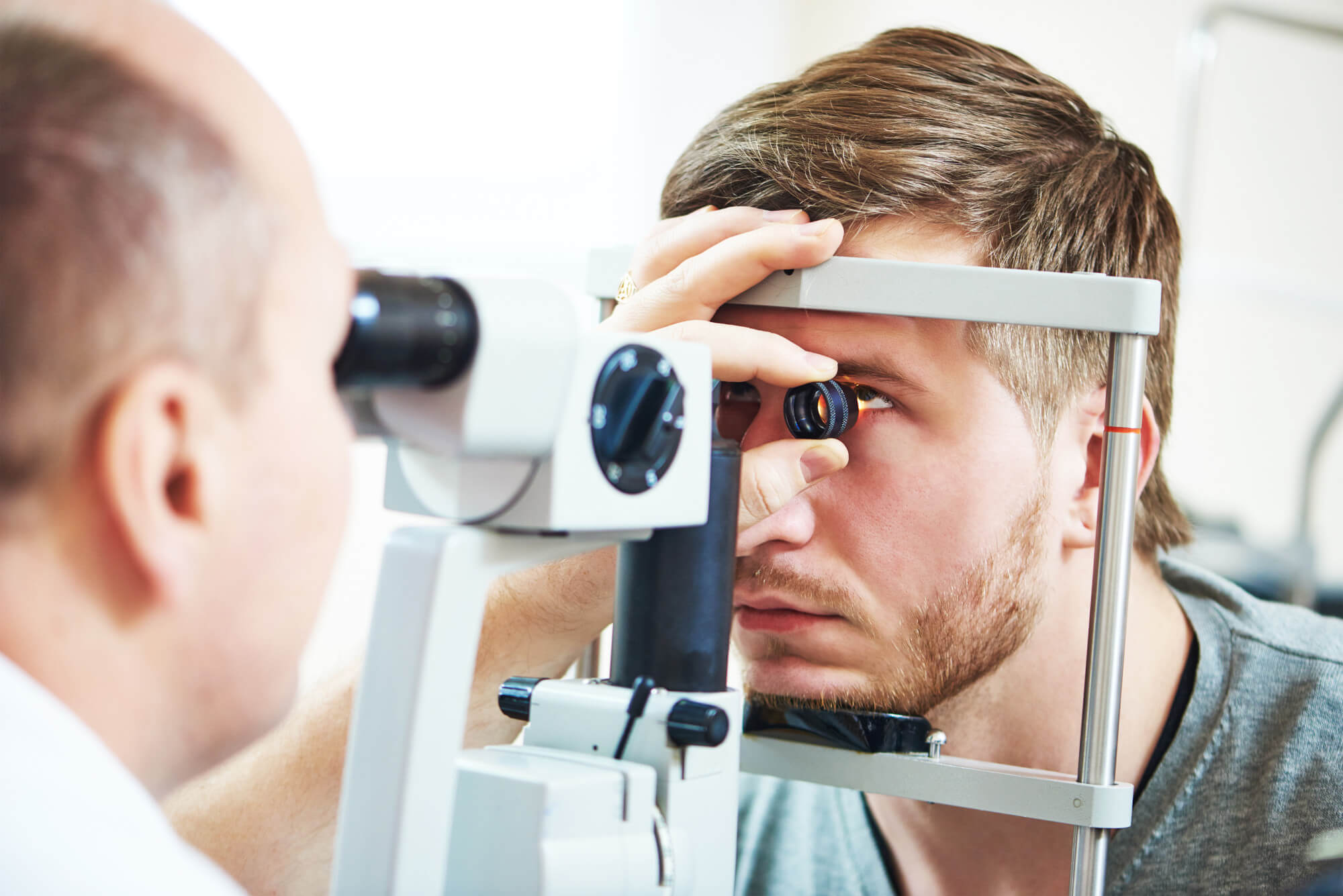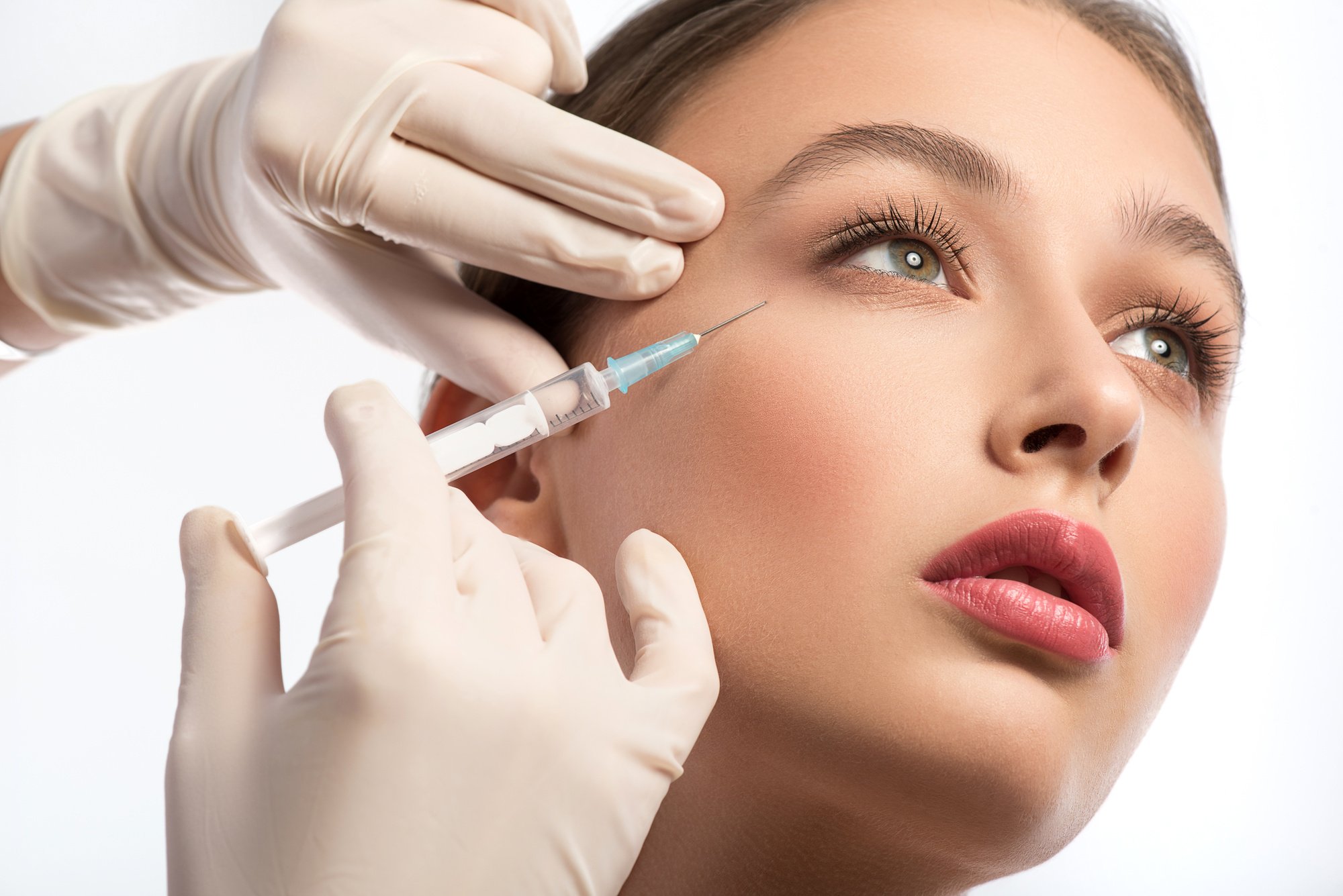What Is Meibomian Gland Dysfunction?

Have you recently experienced discomfort and blurred vision in one or both of your eyes?
Meibomian gland dysfunction, more known as MGD, refers to the condition in which your meibomian glands fail to produce enough oil. This common disorder is by bacterial infection and clogged glands.
Here’s what you should know about MGD, what to watch for, where to seek treatment, and how to prevent further complications in the future.
Read on, and we’ll take a peek inside this gland disorder and how it impacts your body.
What are Meibomian Glands?
The Meibomian glands, also known as the tarsal glands, are a row of about 30 sebaceous glands that empty into the eyelid margin.
These glands help to secrete the oily, waxy substance that makes up the tear film, which helps to lubricate the eye and prevent evaporation. The Meibomian glands can become blocked, leading to dry eye syndrome.
What Is Meibomian Gland Dysfunction?
It is abnormal secretion of the meibomian glands. These glands located in the eyelids help to lubricate the eye.
This gland dysfunction can cause dryness, irritation, and inflammation of the eye. Treatment for a meibomian gland dysfunction may include lubricating eye drops, antibiotics, or surgery.
Meibomian Gland Dysfunction Causes
The underlying causes are not understood, but several potential factors identified. These include abnormal lipid production by the glands, ductal obstruction, and gland inflammation. MGD may associate with blepharitis, diabetes, and rosacea.
Meibomian Gland Dysfunction Symptoms
There are several symptoms of Meibomian gland dysfunction, including decreased tear quality, tear film instability, and a burning sensation in the eyes. Additionally, patients may experience dry eyes, redness, and itching.
In more severe cases, the eyelids may swell, and the Meibomian glands may become plugged. Left untreated, Meibomian gland dysfunction can damage the glands and cause vision loss.
Meibomian Gland Dysfunction Treatment
One common approach is to use artificial tears, or other eye drops to help lubricate the eye and relieve symptoms. In some cases, yet, you may need more aggressive treatment.
This can include therapies such as thermal pulsation therapy or Meibomian gland treatments. These treatments can help to unblock the glands and improve their function.
With proper treatment, you can manage Meibomian gland dysfunction and control dry eye symptoms.
Prevention of Meibomian Gland Dysfunction
One way is to use a warm compress on the eyelids for 5-10 minutes daily. This will help to melt any hardened oils in the glands and allow them to flow. To know more about warm compress for eyes you can check online so that you can apply them properly.
Another way is to avoid using any cleaning product or makeup that contains oil. These oils can clog the glands and cause them to function poorly.
Finally, it is essential to blink frequently and correctly. This helps to spread the tears over the eye’s surface and keeps the glands from becoming overworked.
Identifying Meibomian Gland Dysfunction
If you think you may have Meibomian Gland Dysfunction, be sure to see your doctor. There is no definitive answer for what causes MGD, but treatments are available that can help improve your symptoms and quality of life.
Did you enjoy reading this article? If so, read the rest of our blogs.



















